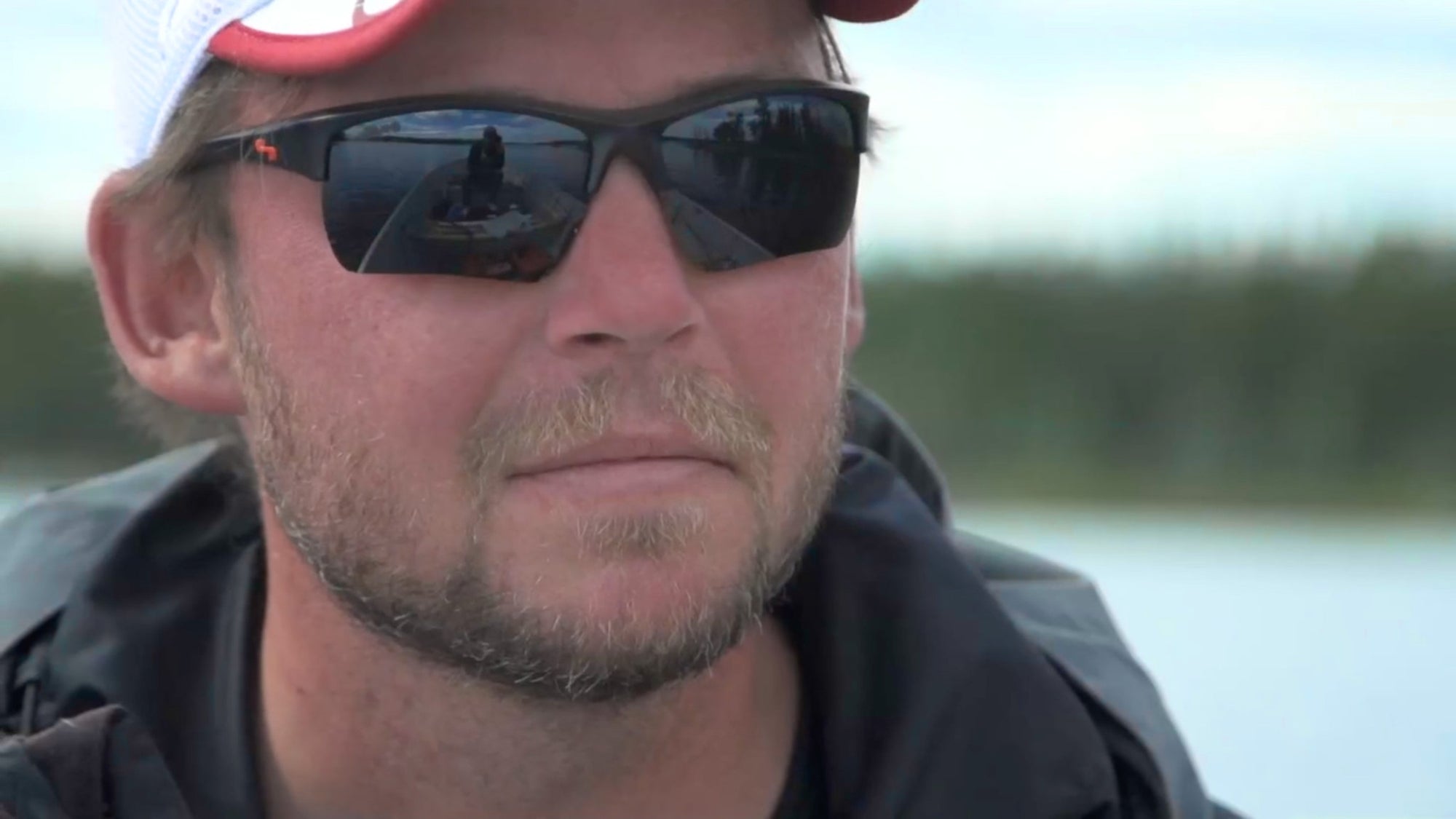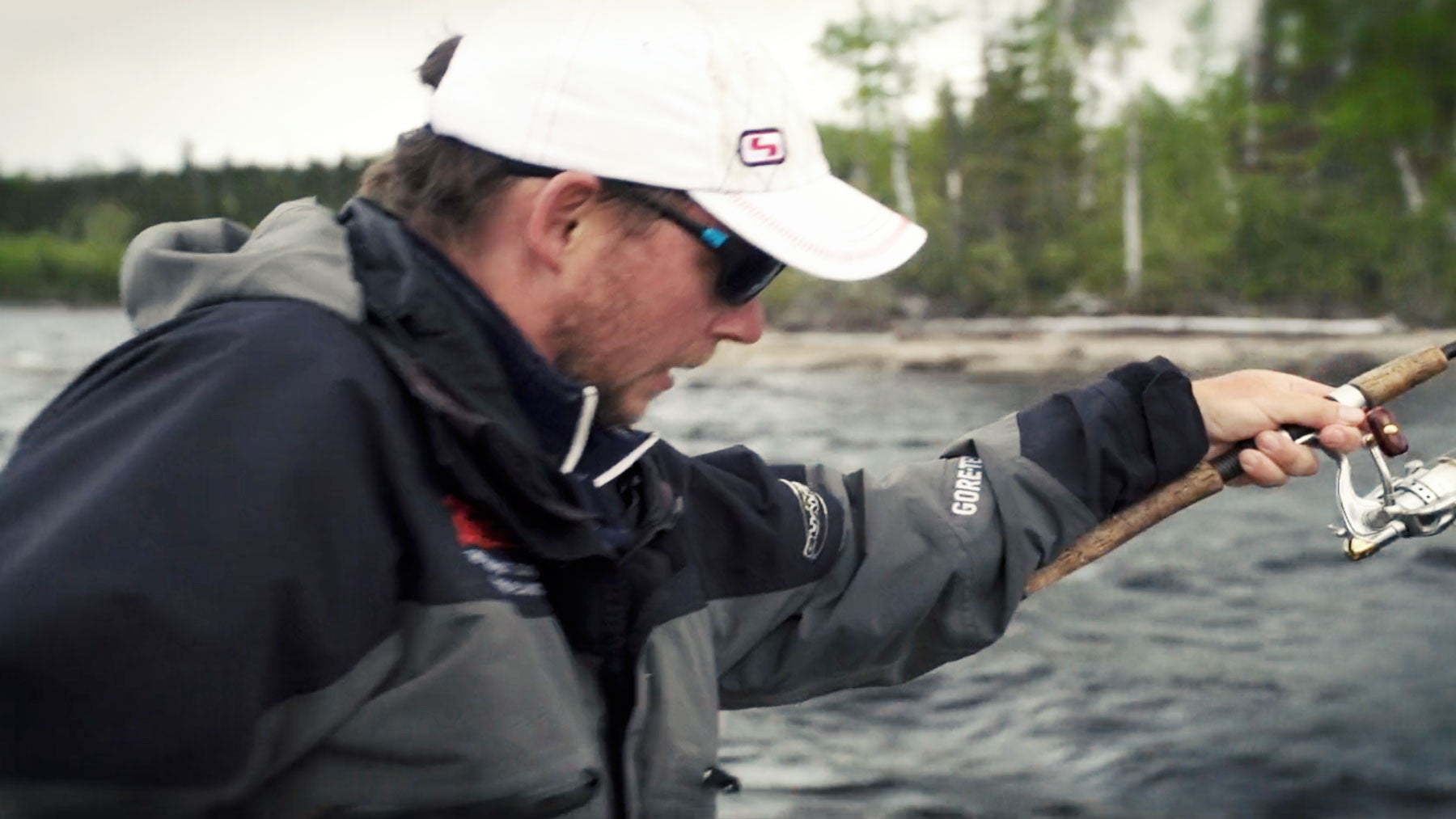At Wilderness North, there are literally walleye everywhere! They are thick as thieves in rivers, bays, on deep water structure and the like. They are a wonderful species to experiment with respect to tackle presentations as their numbers allow for a reduced variable factor. For example, if you want to experiment with different colors of crank baits, there are enough walleye in the system that you can get a real indication as to the populations reaction to certain colors because you KNOW there are fish there versus some other lakes where you are hunting for fish all over and maybe coming in contact with a couple over your day. Here you can catch dozens and even a hundred a day if it plays in your favour.
So inevitably, you are going to come across a trophy walleye over 30 inches. These fish get this big because of a couple of factors, they are genetically superior, they eat big meals, and most importantly they are smart. It’s these big fish that we need to consciously protect to release safely back from whence they came. Here are a couple of considerations in handling big walleye.
Equipment
It’s always recommended to have the proper equipment on hand every time you are out on the water. If you catch that giant and are under gunned with respect to the gear you should have on the boat, you risk damage to you and the fish. Walleye have armour all over their bodies and can inflict a serious wound if not respected. Bring a net! It minimizes human contact with the fish and many times the fish can be unhooked without even being touched. Bring needle nose pliers. Long nose pliers keep your fingers out of the danger zone as walleye are notorious for quite large and very sharp teeth. Have a pair of bolt cutters on board in case a fish swallows a hook and the treble can be cut, increasing that fish’s chance for survival. And finally, bring a mesh glove along so if you want to hold that fish up for a photo, there is a reduced chance of it hitting the bottom of your boat in struggle.
Handling of big fish
Often, there is a great chance that trophy fish you have on the end of your line has never been caught before. It has never felt its own weight so in handling fish out of the water, one must be conscious of full body support of the fish. Hanging a fish vertically by its gill plate does damage to the fish. Imagine having a hand in your lower jaw and being lifted off the ground by that method only. I shudder at how I feel it must be agony. Pick up fish using two hands one hand under its gill plate, (you can position the pectoral fins between your fingers to increase your grip on the fish) and the other firmly gripping the “fish’s wrist”, the narrowest part of the body before the tail begins. That hand is where I like to have my glove. It gives you increased security against dropping that trophy. And never keep them out of the water longer than you can hold your own breath. Fish need to be in water to breathe.
Keep em Wet
Call me crazy, but why take the fish out of the net in the first place? (if you’re not going to get a quick photograph) Most nets are large enough (or you should have a net large enough) that you can do hook removal right at the side of the boat. With the proper equipment on board, you may not even have to touch the fish. There is a growing movement amongst anglers, it’s called the “Keep em Wet” campaign. It’s core states that photography, handling and release should all be done while the fish is still in the water. It may minimize fish stress, keeps them breathing oxygen and may reduce less of the protective slime fish rely on to keep them bacteria and infection free.
Big fish are true trophies and the proper handling of such fish is imperative to their successful release back to the deep. It takes effort from anglers to be aware of their responsibility to look after these treasures. Keeping them safe helps to ensure our trophy fishery remains world class. When fish are handled properly, the fishery thrives, Just think how big that fish is going to be next time you tangle with the world class walleye at Wilderness North.








